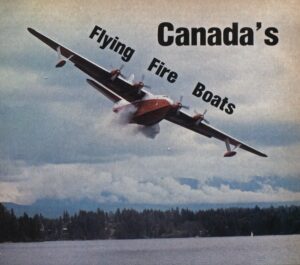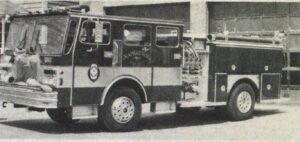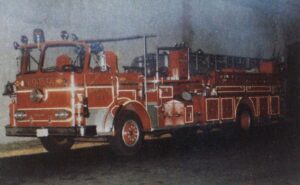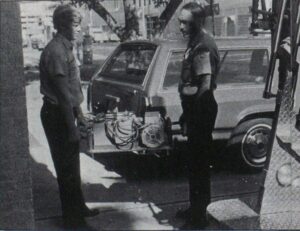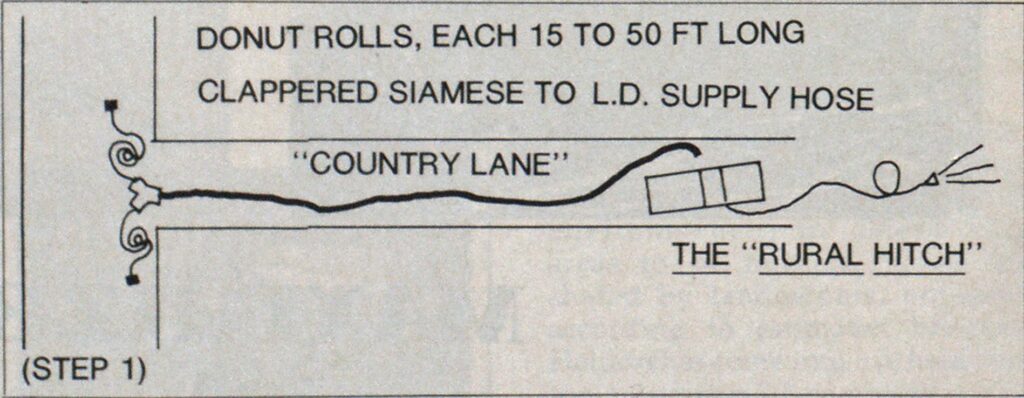Canada’s Flying Fire Boats
The airplane flies low over the fire and opens its doors, releasing 6,000 imperial gallons of water (7,200 U.S. gallons) to hit approximately three acres of burning forest. Sound phenomenal? It is. World War II vintage Martin Mars flying boats have been refitted as water bombers.
